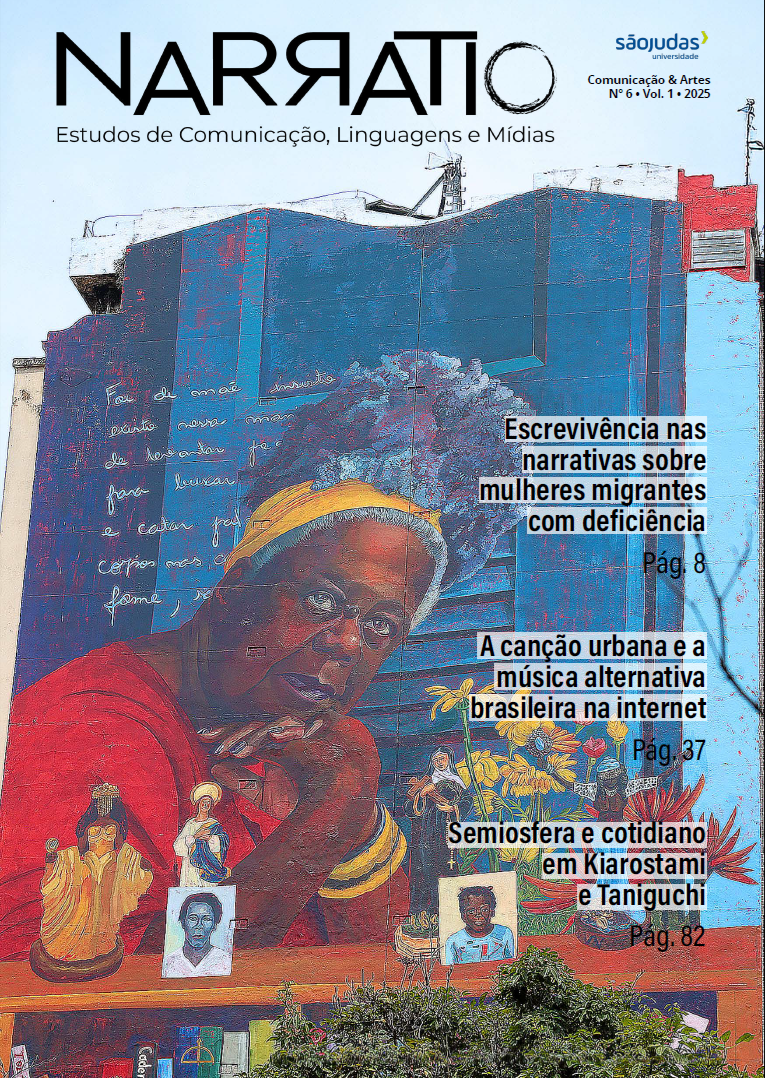Do estereoscópio à realidade virtual
um século de ruptura da tradição bidimensional no cinema
Keywords:
Cinema 3D, Realidade Virtual Cinemática, Realidade Virtual, Cinema Expandido, Cinema EstereoscópicoAbstract
This article investigates the convergence between cinema and virtual reality, analyzing the evolution of immersive strategies from stereoscopic cinema to 360° productions starting in 2015. Building on Zone’s research on the development of 3D and stereoscopic cinema, we propose that cinematic virtual reality represents a continuation of this trajectory, expanding the possibilities of immersion and reconfiguring audiovisual grammar. The corpus includes works such as Avatar (2009) and Carne y Arena (2017), questioning whether VR constitutes a structural transformation in cinematic language or a continuation of the immersive tradition. Grounded in authors such as McLuhan, Lévy, Steuer, and Elsaesser, the study discusses mediation, virtualization, and telepresence. The findings indicate that while virtual reality enhances the viewer’s sensory experience and breaks the hegemony of 2D in the audiovisual industry, it also redefines cinematic conventions, functioning as an evolution of the perceptual and interactive strategies already explored by expanded cinema.


